- Eng
- Deu
- Fra
The Impact of Vacuum Blowers on Reducing Environmental Noise Pollution
In recent years, the prevalence of environmental noise pollution has emerged as a significant concern, with the World Health Organization estimating that around 40% of the urban population is regularly exposed to noise levels deemed harmful to health. Amidst this pressing issue, vacuum blowers have gained traction as a viable solution for minimizing noise emissions in various industrial applications.
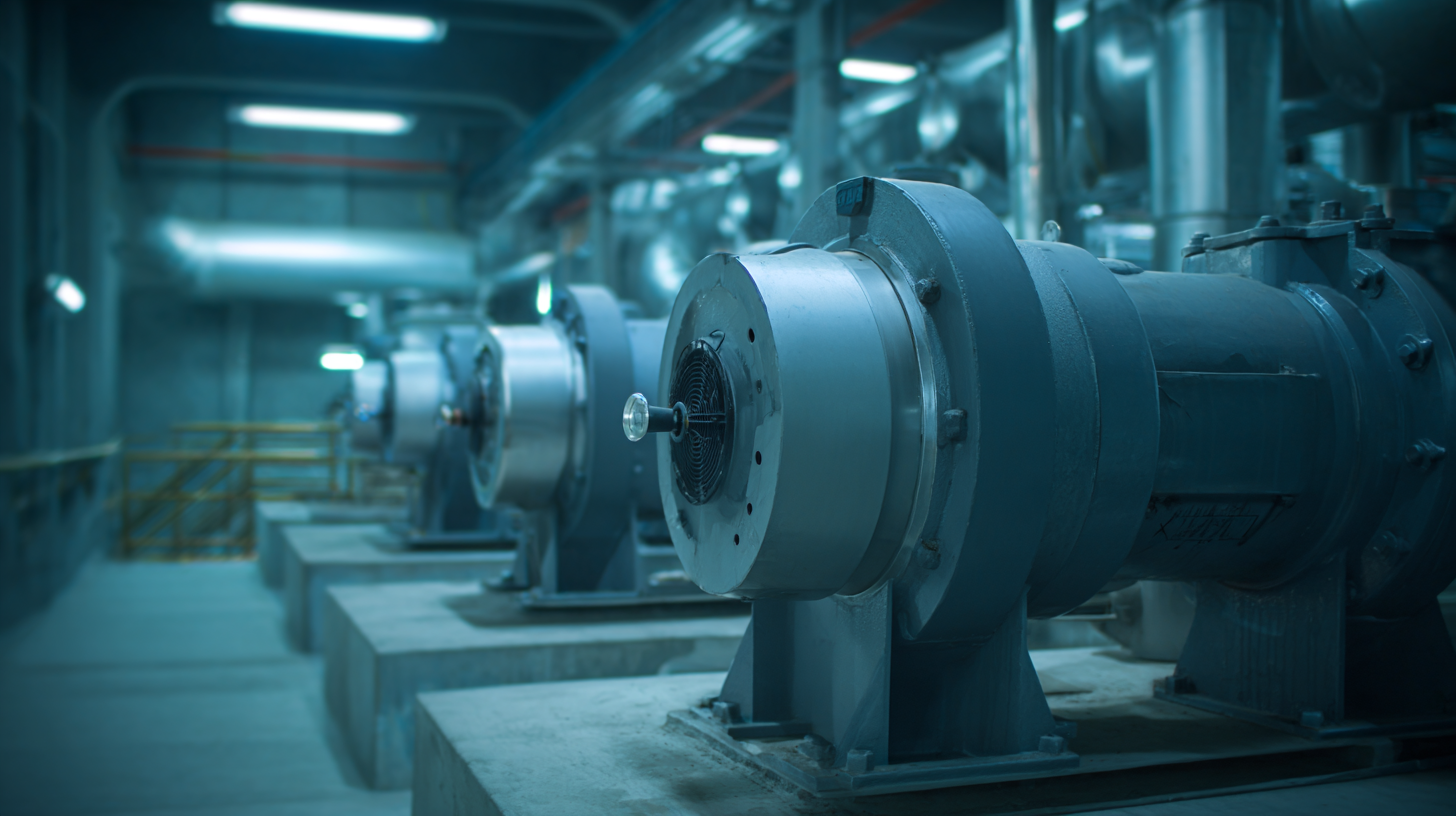
According to a report by Acoustical Society of America, effective noise management strategies can lead to an overall reduction in sound levels by up to 10 dB when using advanced vacuum blower technologies. These innovative systems not only improve operational efficiency but also promote a healthier living environment by mitigating disruptive noise. As industries seek to comply with stricter regulations aimed at preserving public health and enhancing overall quality of life, the utilization of vacuum blowers presents a promising avenue to achieve both operational goals and environmental responsibility.
Understanding Noise Pollution and Its Environmental Effects
Noise pollution is a significant environmental issue that affects both ecological systems and human health. According to the World Health Organization (WHO), noise pollution contributes to various health problems, including stress, sleep disturbances, and cardiovascular diseases. The WHO reports that chronic exposure to noise levels above 65 decibels is linked to increased risk of health issues, highlighting the urgency to address this hidden hazard in urban environments.
Vacuum blowers play a critical role in minimizing noise pollution in various industries. These machines, designed to operate at lower decibel levels compared to traditional systems, can significantly reduce the auditory footprint of industrial operations. A study from the National Institute for Occupational Safety and Health (NIOSH) indicates that implementing low-noise vacuum blowers can decrease noise levels by up to 20 dB, translating to a reduction in perceived loudness by nearly half. By integrating such technology, businesses not only comply with regulations but also foster healthier work environments, demonstrating a strong commitment to sustainability and employee well-being.
The Impact of Vacuum Blowers on Reducing Environmental Noise Pollution
| Application | Vacuum Blower Type | Noise Level (dB) | Reduction in Noise Pollution (%) | Environmental Impact |
|---|---|---|---|---|
| Food Processing | Positive Displacement Blower | 75 | 30 | Reduced health risks to workers |
| Woodworking | Regenerative Blower | 68 | 40 | Lower impact on local wildlife |
| Automotive | Side Channel Blower | 72 | 25 | Minimized noise disturbance |
| Chemical Processing | Multistage Blower | 70 | 35 | Less noise pollution near residential areas |
| Textile | Vortex Blower | 73 | 28 | Improved community relations |
Principles of Vacuum Blowers and Their Noise Reduction Mechanisms
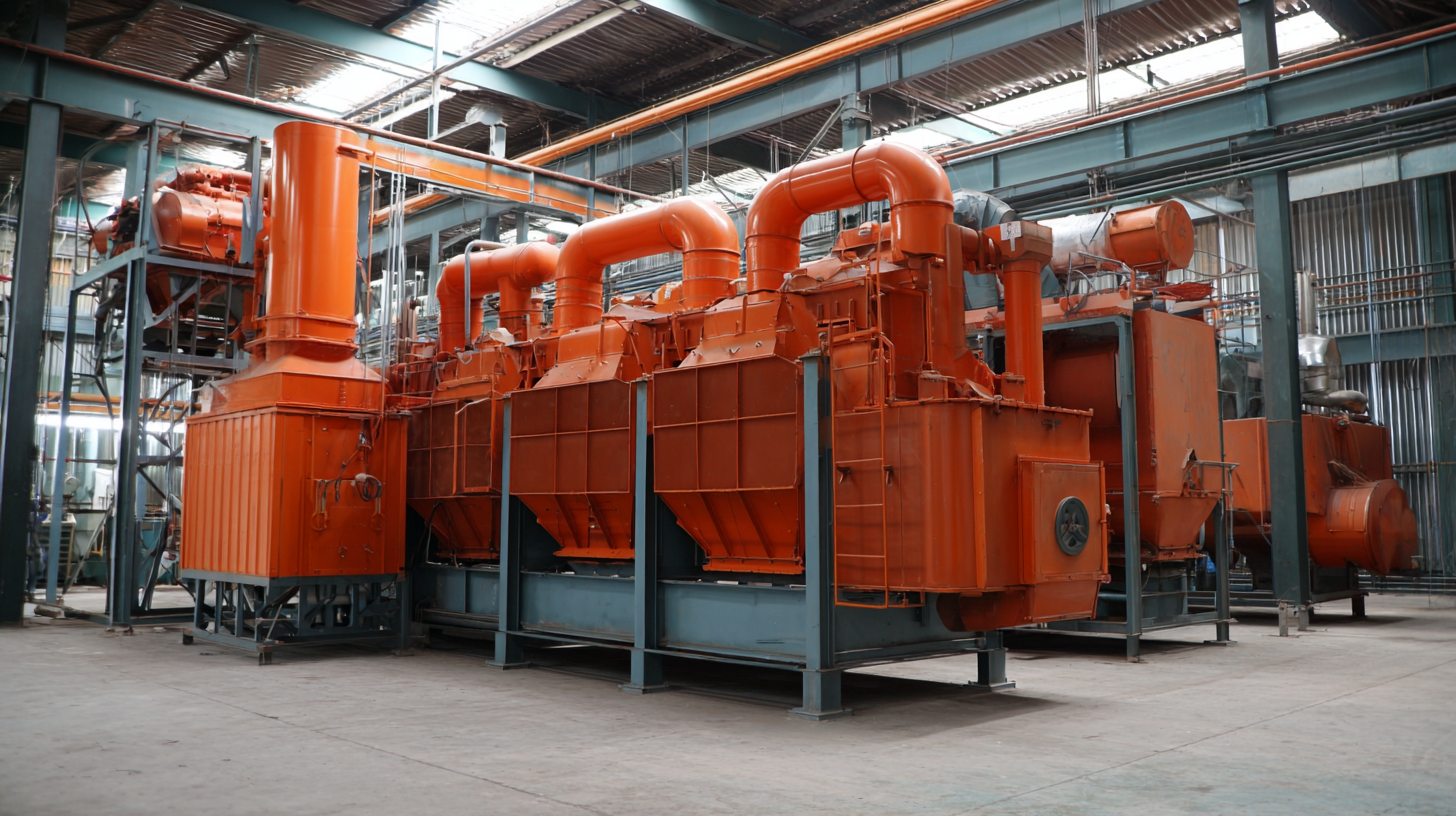 Vacuum blowers operate on fundamental principles of airflow dynamics and pressure differentials to efficiently move air and gases, but beyond their functional benefits, their design plays a crucial role in mitigating
environmental noise pollution. Equipped with specific features, such as acoustic insulation and optimized rotor designs, these blowers can significantly reduce sound emissions.
According to a report by the Environmental Protection Agency, noise levels from industrial operations can dominate ambient soundscapes, often exceeding
85 decibels, which could lead to harmful health effects and ecosystem disturbances.
Vacuum blowers operate on fundamental principles of airflow dynamics and pressure differentials to efficiently move air and gases, but beyond their functional benefits, their design plays a crucial role in mitigating
environmental noise pollution. Equipped with specific features, such as acoustic insulation and optimized rotor designs, these blowers can significantly reduce sound emissions.
According to a report by the Environmental Protection Agency, noise levels from industrial operations can dominate ambient soundscapes, often exceeding
85 decibels, which could lead to harmful health effects and ecosystem disturbances.
The noise reduction mechanisms in vacuum blowers typically include sound-absorbing materials and enclosures that trap and dissipate sound waves. Additionally, advancements in technology have yielded blowers with
lower operational speeds, thereby generating less noise while maintaining efficiency. Research by the International Institute of Noise Control Engineering
indicates that modern vacuum blowers can achieve up to 15 dB reductions in sound levels when equipped with these sustainable technologies. As industries strive to comply with
increasingly stringent noise regulations, the adoption of these innovative vacuum blowers becomes a vital step in minimizing their acoustic footprint and fostering a healthier environment.
Comparison of Vacuum Blowers and Traditional Blowers in Noise Levels
Vacuum blowers have emerged as a promising alternative to traditional blowers, particularly regarding their noise levels and environmental impact. Traditional blowers, while effective in various applications, often produce significant noise pollution, which can lead to detrimental effects on both human health and wildlife. In contrast, vacuum blowers are designed to operate more quietly, utilizing advanced technologies that minimize noise generation while still providing efficient airflow.
A comparative analysis reveals that vacuum blowers can reduce noise levels by a considerable margin. Many studies indicate that the decibel levels of vacuum blowers are significantly lower than those of their traditional counterparts. This reduction not only enhances the comfort of workers in industrial settings but also contributes to quieter environments in urban areas. By employing innovative engineering techniques such as sound insulation and optimized airflow design, vacuum blowers represent a modern solution to the pressing issue of noise pollution, making them an attractive choice for environmentally-conscious operations.
Practical Applications of Vacuum Blowers for Noise Mitigation
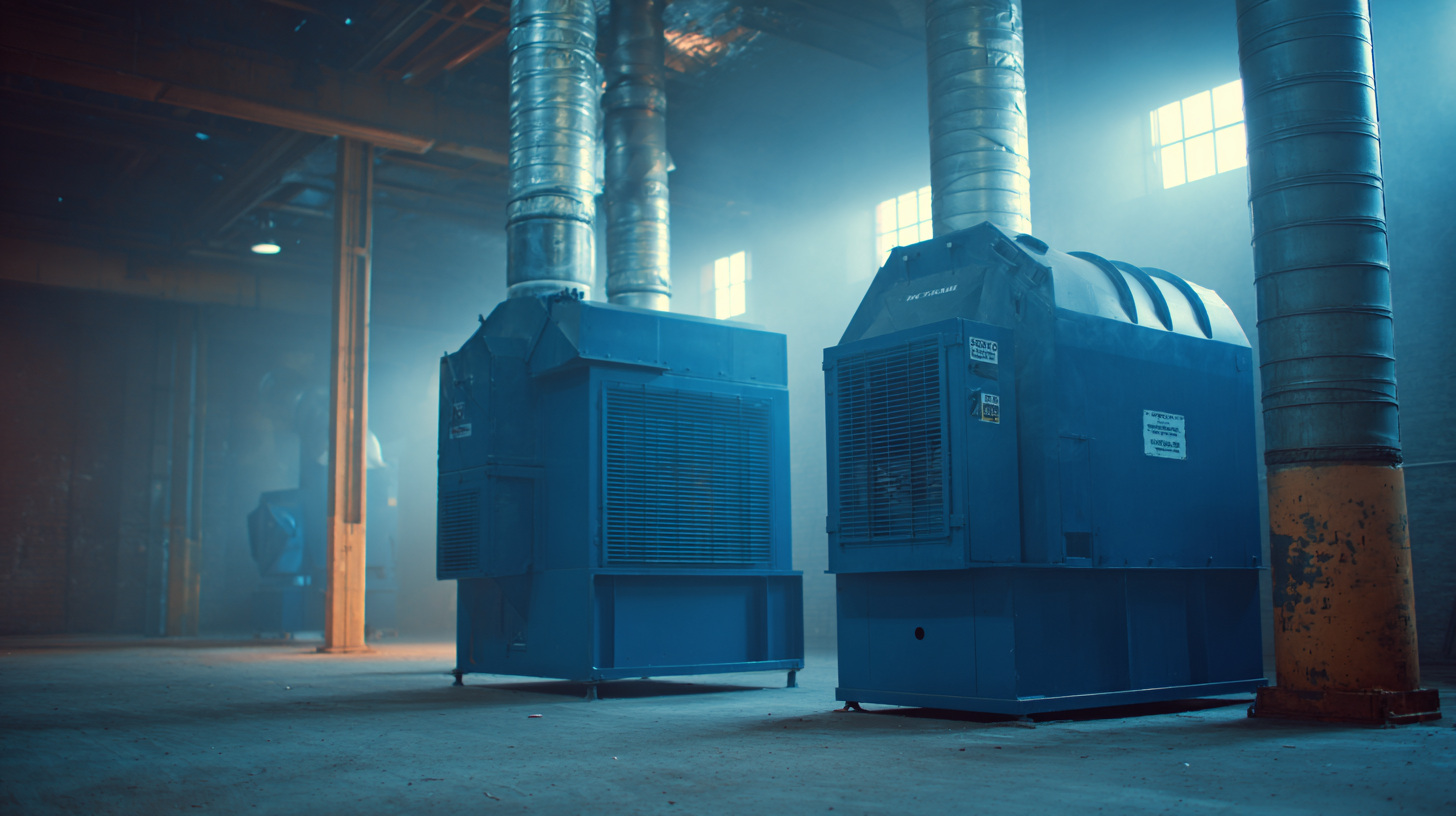 Vacuum blowers have emerged as effective tools for reducing environmental noise pollution, particularly in various practical applications. Their ability to operate quietly makes them suitable for settings like residential areas, where excessive noise can disrupt daily life. Industries utilizing vacuum blowers for dust collection and material handling benefit from these quieter versions, minimizing disturbances to nearby communities. By adopting advanced noise-reduction technologies, these blowers enhance workplace safety and comfort while still maintaining high efficiency.
Vacuum blowers have emerged as effective tools for reducing environmental noise pollution, particularly in various practical applications. Their ability to operate quietly makes them suitable for settings like residential areas, where excessive noise can disrupt daily life. Industries utilizing vacuum blowers for dust collection and material handling benefit from these quieter versions, minimizing disturbances to nearby communities. By adopting advanced noise-reduction technologies, these blowers enhance workplace safety and comfort while still maintaining high efficiency.
Tips: When selecting a vacuum blower for noise reduction, consider models specifically designed with sound insulation features. Look for units that advertise lower decibel levels and ensure they meet your operational requirements without compromising on power. Regular maintenance can also help in preserving the efficiency and quiet operation of the blower, extending its lifespan and maintaining its noise-mitigation capabilities.
The integration of vacuum blowers into cleaning systems, such as robotic alternatives, further exemplifies their role in noise reduction. These devices are often equipped with technology to minimize sound while effectively performing their tasks. As industries continue to prioritize sustainability and community well-being, the adoption of vacuum blowers could play a vital role in creating a more pleasant and serene environment.
Future Innovations in Vacuum Blower Technology for Enhanced Sustainability
Future innovations in vacuum blower technology hold immense potential for enhancing sustainability while tackling environmental noise pollution. As industries become increasingly aware of their ecological footprints, advancements in materials and design are paving the way for quieter, more efficient vacuum blowers. Noise-reduction technologies, such as advanced sound-dampening enclosures and optimized impeller designs, contribute to significantly lower sound levels during operation. These innovations not only help to mitigate noise pollution but also create safer working environments for employees and surrounding communities.
Furthermore, the integration of smart technology into vacuum blowers can lead to enhanced operational efficiency and reduced energy consumption. By employing IoT (Internet of Things) sensors, vacuum blowers can optimize their performance in real-time, adjusting power usage based on demand while minimizing noise output. As battery technology progresses, we may also see a rise in electric and hybrid vacuum blowers, which offer a quieter alternative to traditional fossil-fuel-powered models. These innovations reflect a broader commitment within the industry to prioritize sustainability, ensuring that vacuum blowers contribute positively to both environmental and community health.
Related Posts
-
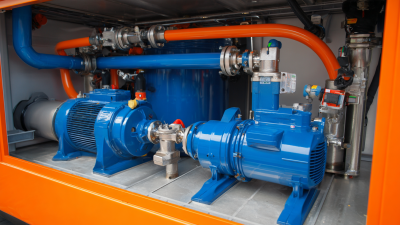
Understanding the Importance of Septic Vacuum Pumps for Effective Waste Management Systems
-
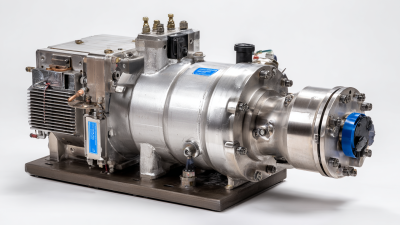
The Essential Guide to Understanding Oil Vacuum Pumps and Their Applications in Industry
-

Understanding the Science Behind Rotary Vane Vacuum Pumps for Industrial Applications
-
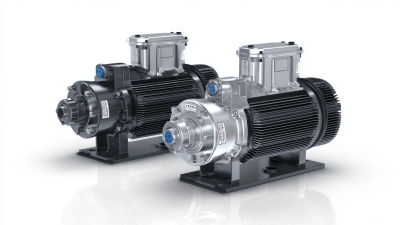
Understanding the Essential Performance Metrics of Rotary Vane Vacuum Pumps for Optimal Industrial Applications
-

The Essential Guide to Understanding Vacuum Pumps for Everyday Use
